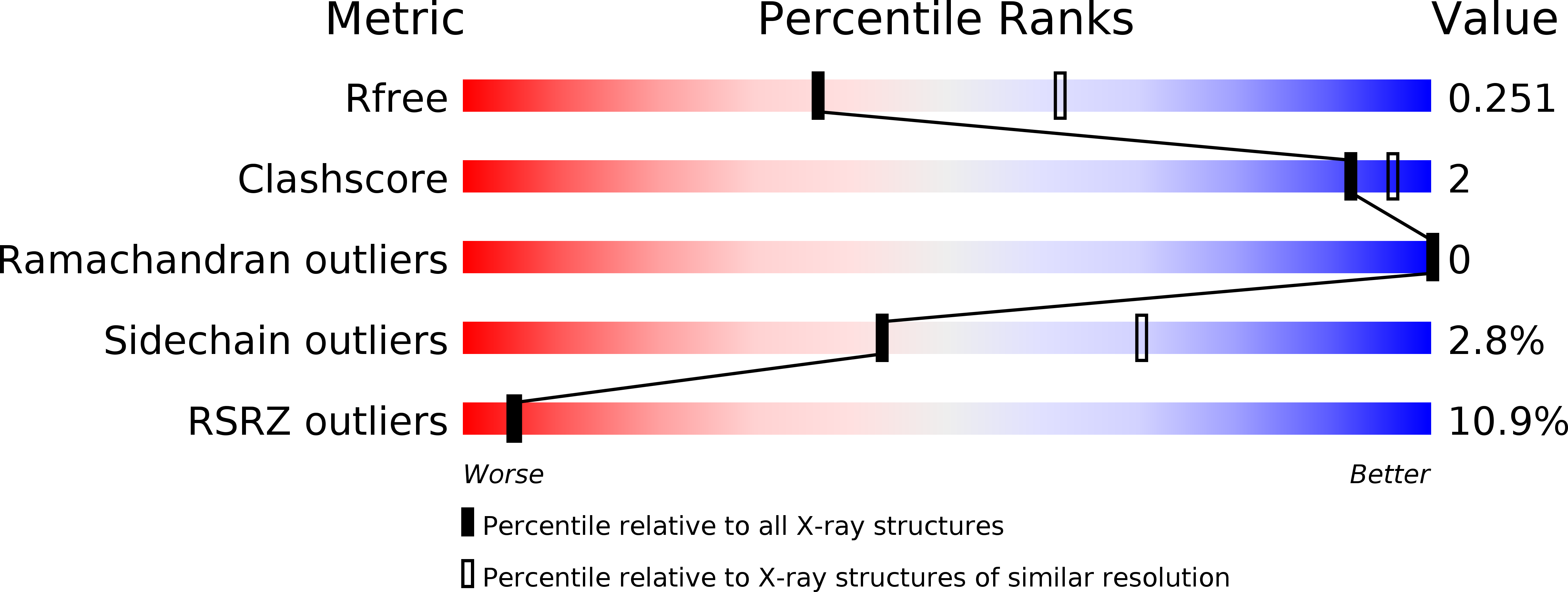
Deposition Date
2019-09-21
Release Date
2019-11-13
Last Version Date
2023-10-11
Entry Detail
PDB ID:
6UEI
Keywords:
Title:
Crystal structure of human zinc finger antiviral protein
Biological Source:
Source Organism:
Homo sapiens (Taxon ID: 9606)
Host Organism:
Method Details:
Experimental Method:
Resolution:
2.51 Å
R-Value Free:
0.24
R-Value Work:
0.20
R-Value Observed:
0.20
Space Group:
P 65


